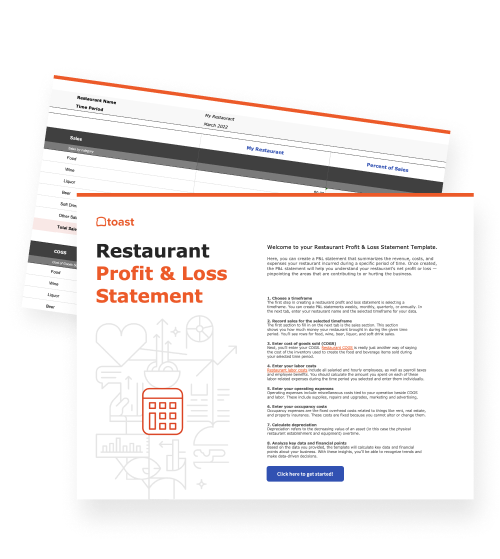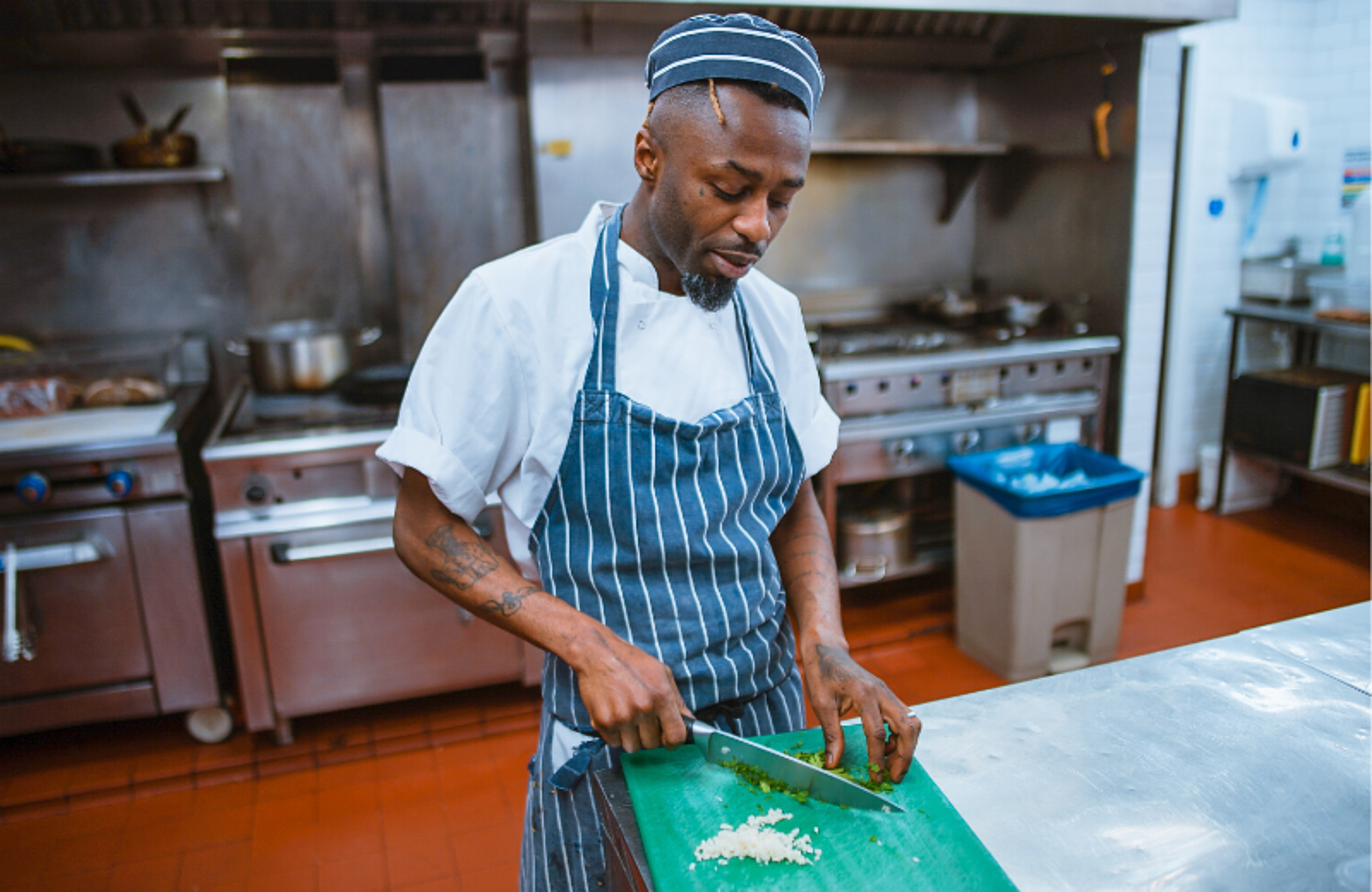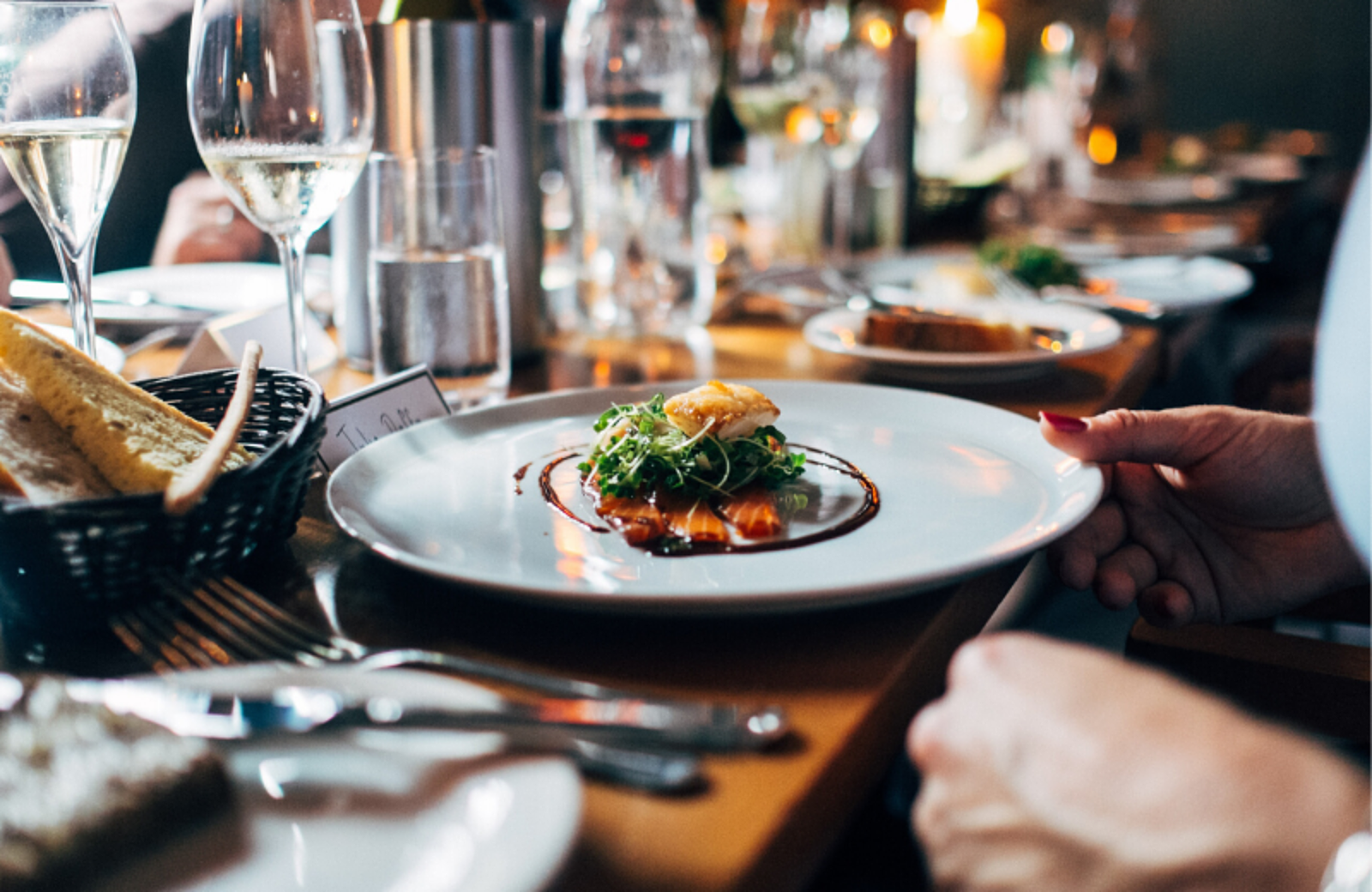
How To Calculate Liquor Cost in Your Bar or Restaurant
Here is a liquor cost formula to track your spending, inventory, and find ways to save.

Sydney Lynn & Matt VanniniAuthor


Restaurant Profit and Loss Statement Template
Evaluate your restaurant's financial strengths and weaknesses with the free P&L and income statement template.
Get free download- “Why aren’t we making any money?”
- “I know people are stealing, I just can’t find out where or how.”
- “I have no idea if my happy hour is making me any money!”
These questions, along with roughly eight out of every ten questions asked by owners in our industry, can all be answered through understanding and analyzing your bar's liquor cost. Also known as COGS, your Cost of Goods (the cost of the goods you purchase and use to create revenue), is the nucleus of every successful restaurant.
So, how do exactly can you calculate your bar's liquor cost?
How to Calculate Liquor Costs: Liquor Cost Formula
There are very specific nuances related to the management of food and beverage costs; today we’re going to focus our attention on liquor costs.
Managing your profitability with regard to beer, liquor, wine, as well as any non-alcoholic beverages, represents the single greatest differentiator between success in the food-service industry, and being a part of the 26% who don’t make it through the first year. If you're planning to open a bar, you'll need to pay attention to these numbers.
And if you’ve managed a bar or restaurant for longer than a minute, you’ve undoubtedly asked or been asked, “what’s your PC?” or, “what’s your Beverage Cost?” or perhaps, “what is your COGS?”
Knowing the answer, and how to calculate your liquor cost, can be the difference between life and death in the restaurant industry. Let's take a look at the liquor cost formula, how to use it to manage your spend, and find cost savings opportunities for your business.
Do The Math
Managing your liquor costs begins with knowing the formula for calculating COGS: OI+P-EI/S.
Broken down as:
OI) Opening Inventory, or what you had on the shelf at the beginning of the week,
+ plus
P) Purchases, or what product you’ve purchased within that week
- minus
EI) Ending Inventory, or what you had at the end of the week
/ divided by
S) Sales, or by what you sold,
= equals PC or COGS, your product usage.
Let’s put a face on this formula. Here’s an example for calculating your liquor cost.
( OI + P - EI ) / S = PC or COGS
Liquor: $1906 + $6398 - $2425 / $23,000 = $5879 (25.56%)
- Our OI (Opening Inventory) of $1906 represents the total stock value of our previous weeks’ inventory.
- Our P (Purchases) of $6398 represents all of the liquor that we purchased during the week.
- Our EI (Ending Inventory) of $2425 represents the total stock value of the current weeks’ inventory.
- Our Sales (Liquor Sales) of $23,000 represents the revenue the business brought in from selling beverages assigned to a liquor sales category.
- The PC or COGS (liquor Product Cost or Cost of Goods) of $5879 or 25.56% represents the answer to the question, What’s your liquor cost? or What’s your Liquor PC?
Now that you have an understanding of how to calculate your liquor costs, let’s press on and address the reasons why it’s important to know your liquor cost, and some of our best practices for managing liquor costs successfully.
Restaurant Labor Cost Calculator
Unlock the power of data-driven labor management with our free Restaurant Labor Cost Calculator. Stop guessing and start optimizing your staffing decisions today.

The Why
Having a keen understanding of your liquor cost enables you to protect your franchise players (liquor items) and ensure your restaurant is profitable.
Using the example above, we know that for every dollar in sales roughly 25 cents is used to pay for the liquor. This leaves you with 75 cents of gross margin.
Think about that for a moment: It takes a lot less to earn the 75 cents on each liquor item sold, than it does to earn 65-70 cents for each food menu item sold. This means, the labor needed to make and deliver each drink is significantly less than each menu item.
Pro Tip: This is why it’s dumb to focus on discounting booze for Happy Hour, as opposed to creating a value driven Happy Hour food menu. Liquor sales contribute to an organization’s net profit far more than food sales contribute.
The How
While business priorities in the restaurant industry are hotly debated, two that are high on everyone’s list are theft prevention behind the bar and proper purchasing strategy.
Behind-The-Bar Theft Prevention
Your customers want alcohol, and your employees not only control said alcohol, but work for tips. There are a variety of ways for bar staff to cheat the system, and use their powers for evil, not good. The following best practices should always be implemented behind the bar.
- Weekly Bar Inventory – Performing weekly bar inventory enables you to readily see the variance in your INV levels, as well as the relationship between your purchasing dollars against the sales revenue.
- Consistency in Counting – Always having two people count and record the same way every week provides you the accuracy you need to readily spot anomalies in your bottle usage and stock value.
- Repair & Maintenance Issues – By counting weekly it also keeps you aware of the surrounding facilities and equipment to be proactive on preventative maintenance concerns.
- Breakage Book & Comp Tabs – The breakage book, also known as a Bottle Book is a tool that allows you to readily check your usage against your sales to clearly see if a team member has a pension to giving away a specific type of alcohol as well as controlling waste or spill. For an added benefit it is always recommended to provide your bartenders with a Comp Tab. Comp Tabs enables your bartenders to build your business and while you maintain control of how much product is being given away or promoted to do so.
Proper Purchasing Strategy
Using your COGS to influence your purchasing strategy is a great way of turning data insights into tangible cost savings.
By tracking your restaurant’s sales and spend on a weekly basis in a weekly purchase journal, you’ll be able to zero in low on slow selling items and make spending cuts accordingly.
Using a declining budget based off of forecasted sales each week will allow you to keep Inventory levels lower, more easily track variances in your inventory, and cash in the bank. As an added bonus, having an inventory system will ensure that your stock value (total sum of inventory value) is accurate against your purchases for that week.
Related Bar Business Resources
- Opening a Bar Checklist
- How Much Does it Cost to Open a Bar
- Bar Business Plan Template
- Bar Name Ideas
- Bar Equipment Checklist
- Bar POS System
Is this article helpful?
DISCLAIMER: This information is provided for general informational purposes only, and publication does not constitute an endorsement. Toast does not warrant the accuracy or completeness of any information, text, graphics, links, or other items contained within this content. Toast does not guarantee you will achieve any specific results if you follow any advice herein. It may be advisable for you to consult with a professional such as a lawyer, accountant, or business advisor for advice specific to your situation.
Read More
Subscribe to On the Line
Sign up to get industry intel, advice, tools, and honest takes from real people tackling their restaurants’ greatest challenges.




